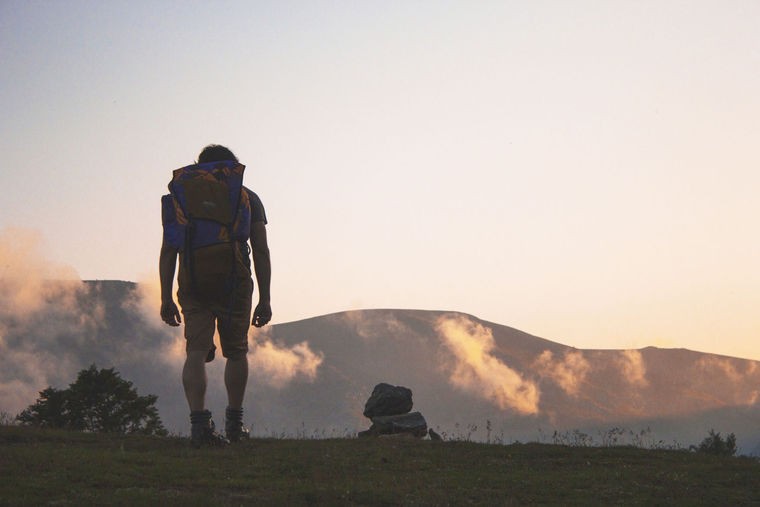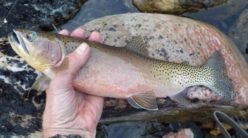Growing up in the Pocatello area, I felt pretty lucky to live close to the mountains on a horse ranch just off Bannock Highway.
I spent a lot of time riding my horse, camping, hunting and hiking in the mountains around Pocatello, as well as other areas such as the Little Lost River country, Soda Springs, Island Park, Wolverine Canyon, Grand Teton National Park and the mountains on each side of Arbon Valley.
My father and his brothers taught me a lot about traveling safely on foot or on a horse in the backcountry. My church sponsored a Boy Scout troop that would always take us winter camping where we learned to snowshoe, cross-country ski and camp out in tents and all kinds of shelters we built ourselves.
At college, I enrolled in several outdoor education classes, including a month-long survival course that really helped teach me new skills as well as hone those I had already learned.
Take backpacking, for instance. Carrying a heavy backpack around the mountains isn’t fun, but getting miles away from the crowd is. However, some people load their backpacks up with so many amenities you would think they planned to live in the wild for a year or more instead of a couple of days to a week.
When I went on the survival course I mentioned, we were told to bring a blanket to throw over ourselves at night. We then were given some flour, a bow drill for starting fires and a few other basic items, which we rolled up along the length of the blanket, tied the ends together and threw around our bodies like the doughboys of the early 1900s. Everything else we needed, including food, we got and constructed from the land in the Southern Utah desert. Those blanket packs weighed around 7 or 8 pounds and kept us warm at night as we laid around a campfire.
The point is, we don’t need as big of a backpack or as heavy a load as we might think.
Take what you will need, share the load with others in the group, choose items that serve more than one purpose and keep the load as light as possible.
Our backcountry packs have evolved over the years and will probably continue to change in the future. The backpack is the foundation of backcountry hunting or camping. Today, a backpack doesn’t need to weigh more than about 5 pounds empty.
Another great weight-saving feature of backpacks today is the number of them that are modular. Now we don’t have to take more backpack than we need for the trip we have planned. We are able to match the bag to the trip, removing or adding bags, compression straps, etc. as necessary to keep the weight down.
Your sleep system will be determined by the requirements posed by the season in which you decide to go camping and hiking. People often think they need their zero degree sleeping bag, but often times they don’t.
The same goes for sleeping pads. Leave the warmest and thickest sleeping stuff at home if you can. It comes at a cost of extra weight. Match the insulation to the season.
The sleeping bag I normally use in the winter is rated for 17 degrees, but I have slept warm and comfortable in it when the temperature was a little below 0 by using a item or two of my layering system.
So don’t carry the extra weight of over insulated sleeping bags and pads, but do always go with down, it is lighter.
In my next column, I will address shelter as well as some other tips that should help reduce the weight carried in a backpack without sacrificing any thing essential.
Smokey Merkley was raised in Idaho and has been hunting since he was 10 years old. He was a member of the faculty of Texas A&M University for 25 years. There he taught orienteering, marksmanship, self-defense, fencing, scuba diving and boxing. He was among the first DPS-certified Texas Concealed Handgun Instructors. He can be contacted at mokeydo41245@hotmail.com.



